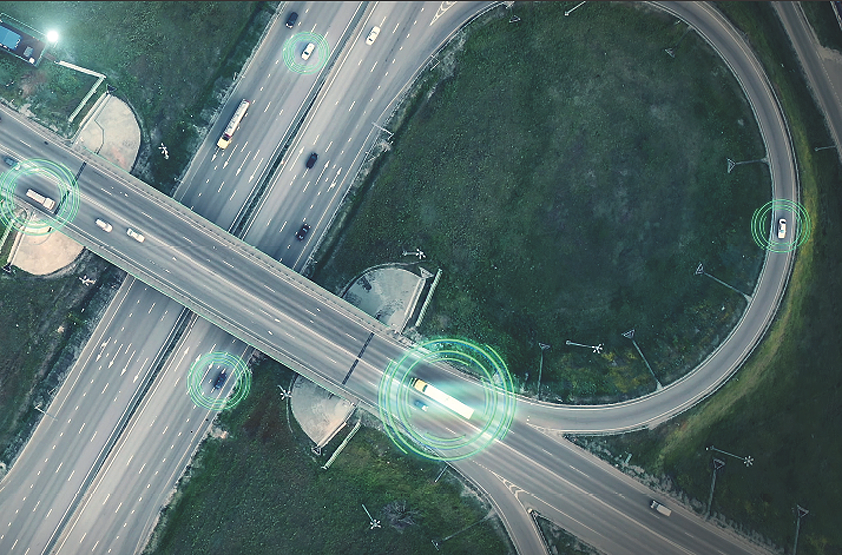
The next frontier
Big thinking articles on how to disrupt industries from retail to healthcare have been so prolific in recent years that you would be remiss in assuming we have moved forward from the digital transformation era. Rather, it is important to think of these transformations as the natural extension of a technologically driven world, in which companies are constantly adapting to meet ever-evolving market demands and customer needs. As the pace of development in technological capabilities has increased, so too has companies’ access to technology. With this comes an expectation that companies remain current with the latest advancements.
Following the mobile-first era, the next stage in the evolution of digital disruption is the move toward robotics through the Internet of Things (IoT) and Artificial Intelligence (AI.) Once companies have integrated a comprehensive mobility strategy within their operations, we find them increasingly turning to ‘what’s next’; solutions that will give them an even greater advantage against competitors and help them stay ahead of the field. Machine learning is poised to meet that market demand.
The transportation and logistics (T&L) industry is at the forefront of this trend. An industry that may seem at first to be traditional and unchanged by technology over the past half century, has been among the earliest adopters of disruptive technology.
Autonomous trucking is the next frontier for the transportation industry. As larger enterprises move away from traditional practices, smaller organizations can follow 10and benefit from the mainstream acceptance of autonomous technology. This can be seen in areas such as:
- Monitoring, information sharing and exchange across remote devices
- Management of mobile devices, rermotely, which can eventually be applied to powering and controlling autonomous devices
- Remote support
- Performance data and analysis
The numbers make the case. In the UK, 1.44 billion tons of goods were shipped via heavy goods vehicles (HGVs) in 2019, which is an increase of two per cent when compared to the year before. Global e-commerce sales are set to reach $5 trillion (£3.8 trillion) by 2021, driven largely by lowered consumer costs for online shopping and the ease of ordering online for everything from fruit to furniture. This trend is not likely to decline, especially as many are looking to limit in-store interactions in the wake of the Covid-19 pandemic. It will be difficult for transportation and logistics companies to ignore the financial benefits of automation alone.
Evidential benefits of automation within the supply chain and operational practices already exist. This can be explicitly seen in Amazon’s famous robot warehouses. These IoT-enabled robotic devices can sift through packages faster than humans can. They can work anywhere and under pretty much any condition, which is why they have been employed within the supply chain to speed up delivery and enhance the end-customer experience. The Amazon example indicates that as technology advances, adoption is likely to surge.
When turning our focus onto delivery services, we are seeing incredible interest in autonomous trucking, which has the potential to deliver faster, more predictable and more reliable service. These benefits do not negate the valuable role humans will need to play in overseeing quality control, providing support and conducting data analytics functions to aid in further innovation.
Prior to implementing full-scale autonomous trucking, shippers will need to ensure that the management and assessment of a connected fleet meets jurisdictional and federal legislation in addition to minimizing cybersecurity risks. High levels of connectivity often translate into greater security risks, and companies will need to prioritize security to ensure systems are built with cyber resilience capabilities and can respond quickly in the event of a cyber breach.
Stefan Spendrup is Vice President of Sales Northern and Western Europe at SOTI, the world’s most trusted provider of mobile and IoT management solutions, with more than 17,000 enterprise customers and millions of devices managed worldwide. SOTI’s innovative portfolio of solutions and services provide the tools organizations need to truly mobilize their operations and optimize their mobility investments. SOTI extends secure mobility management to provide an integrated solution to manage and secure all mobile devices and connected peripherals in an organization.
www.soti.net